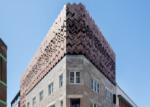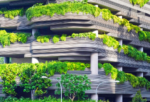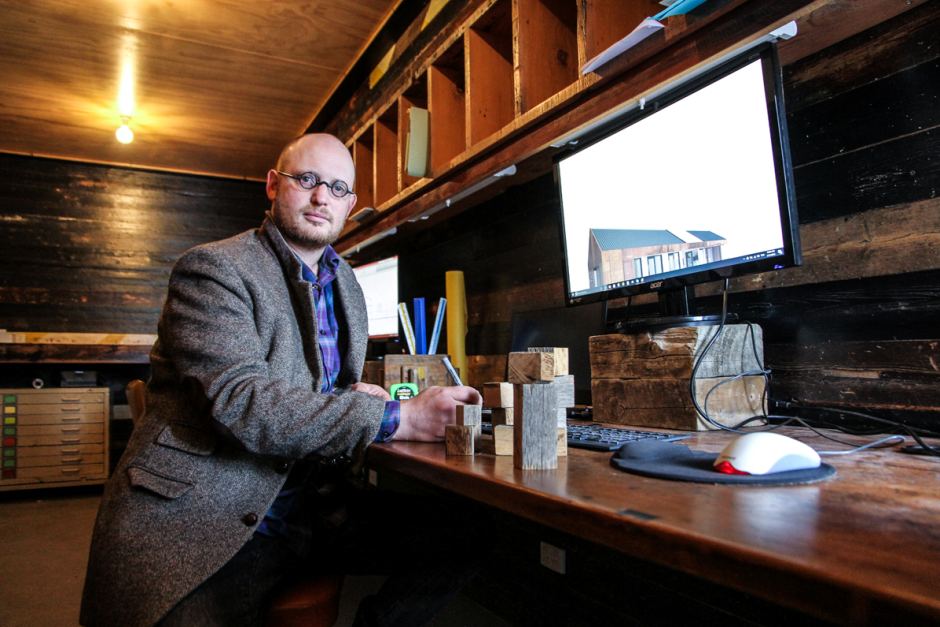Long Term Planning with Liveable Communities in Mind

Long-term community planning is vital for our liveable cities to prosper. Organisations involved in their community’s infrastructure must be able to look ahead and construct plans where anticipated. Change is not only considered but prepared for in advance. We cannot always know what the future holds, as we have recently discovered through unanticipated change and subsequent adaptation. However, the last few months have not deterred Australians from continuing to practice and strive for the future of the sustainable movement. New bike paths have already been put into future planning, due to increased demand. Transport Secretary Rodd Staples mentioned in an …









